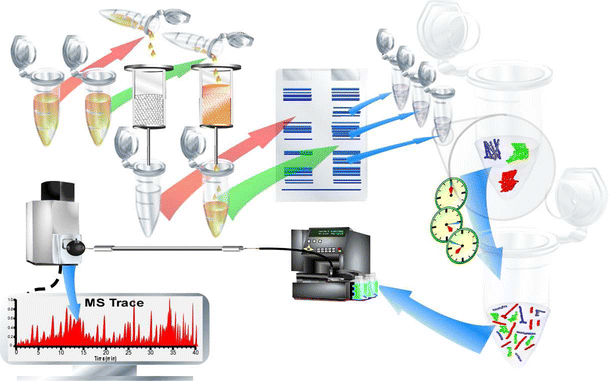
The goal thus was to reduce timelines and resources by removing the need for polyclonal plating of large hybridoma pools. If the immune response of the animal was poor, clones of interest may be very rare requiring plating and screening of tens of thousands of hybridoma.Īs membrane proteins represent a significant proportion of drug targets 9, we sought to develop methods for identifying hybridoma specific to membrane proteins early in the monoclonal antibody selection process. Following identification of a positive binding well, the hybridoma are then clonally plated to allow for identification of the individual hybridoma clone secreting antibodies with the properties of interest. The IgG screened from the hybridoma culture media are polyclonal with more than one specificity. Instead, to identify antigen-specific hybridoma to multi-pass membrane proteins, the unsorted hybridoma are plated polyclonally with multiple hybridoma seeded per well. The single cell sorted hybridoma can then be expanded in microtiter wells and specificity of IgG secreted into the culture media can be confirmed using standard screening techniques 8.īecause FACS of antigen-specific hybridoma relies on the addition of soluble antigen, it is generally not applicable to multi-pass membrane proteins. This combined with fluorescently labelled antigen allows for single cell sorting of hybridoma producing IgG specific to the antigen of interest. To do so, fluorescently labelled antibodies specific for IgG are used to isolate hybridoma successfully producing IgG. Fluorescence-activated cell sorting (FACS) can be used to identify and isolate antigen-specific hybridoma by taking advantage of the fact that hybridoma can express the rearranged IgG from the fused individual B cell on their surface 4, 5, 6, 7.

Following hybridoma production, individual hybridoma clones producing antibodies specific to the target of interest need to be identified.


IgG expressing B cells from spleen, lymph node, plasma or bone marrow are then collected from the animals showing the highest antigen-specific titres and fused to an immortalized myeloma cell to generate hybridoma. Standard methods to identify monoclonal antibodies begin with the immunization of the transgenic animal with the target of interest. The generation of transgenic animal platforms producing human antibodies 1 combined with the technique of hybridoma fusion 2 has vastly aided the development of monoclonal antibodies against diverse targets 3.


 0 kommentar(er)
0 kommentar(er)
